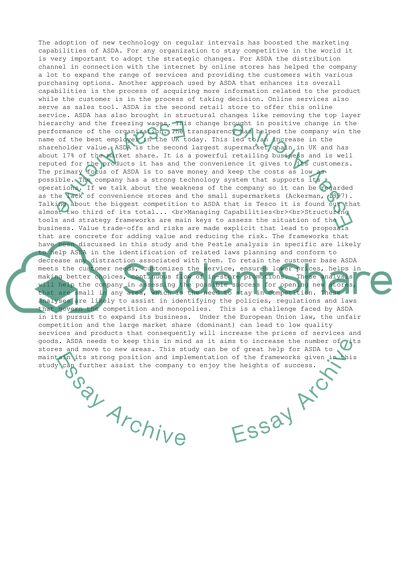Cite this document
(“Managing Capabilities Essay Example | Topics and Well Written Essays - 2750 words”, n.d.)
Managing Capabilities Essay Example | Topics and Well Written Essays - 2750 words. Retrieved from https://studentshare.org/management/1475923-managing-capabilities
Managing Capabilities Essay Example | Topics and Well Written Essays - 2750 words. Retrieved from https://studentshare.org/management/1475923-managing-capabilities
(Managing Capabilities Essay Example | Topics and Well Written Essays - 2750 Words)
Managing Capabilities Essay Example | Topics and Well Written Essays - 2750 Words. https://studentshare.org/management/1475923-managing-capabilities.
Managing Capabilities Essay Example | Topics and Well Written Essays - 2750 Words. https://studentshare.org/management/1475923-managing-capabilities.
“Managing Capabilities Essay Example | Topics and Well Written Essays - 2750 Words”, n.d. https://studentshare.org/management/1475923-managing-capabilities.


